
Bongs have been used for over 2,400 years, with archaeological finds in Scythian tombs (modern-day Russia) revealing gold and bronze water pipes dating back to 500 BCE. In Africa, tribes in Ethiopia reportedly used early bongs made from animal horns and pottery around 1400 BCE. The term “bong” itself likely comes from the Thai word baung, referring to a bamboo tube used for smoking.
Modern bongs evolved through glassblowing innovations in the 1960s and 70s, becoming central to cannabis culture for their filtration, cooling, and ritualistic appeal.
Beaker Bong
Beaker bongs emerged in the 1960s–70s during the glassblowing boom and counterculture movement. Today, they remain a favorite for their stability, smooth hits, and classic lab-inspired design.
History of Beaker Bongs
Origins: The beaker bong design was inspired by laboratory glassware, specifically the conical beaker used in chemistry. Its wide base and tapered neck were adapted for cannabis use to improve water filtration and cooling.
Rise in Popularity: During the 1960s and 70s, as cannabis culture flourished, glassblowers began crafting bongs with scientific precision. The beaker shape became iconic for its functionality and aesthetic appeal.
Cultural Impact: Beaker bongs became a staple in head shops and college dorms, symbolizing a blend of science and stoner ingenuity.
Popular Beaker Bong Brands
Typical Sizes of Beaker Bongs
Beaker bongs come in a range of sizes to suit different preferences:
- Mini: 6–8 inches — portable, discreet, ideal for solo use.
- Medium: 10–14 inches — most popular size, balances performance and portability.
- Large: 16–20+ inches — delivers cooler, smoother hits but less portable.
Tip: Larger beaker bongs offer more water volume and smoke cooling, while smaller ones are easier to store and clean.
Pros & Cons of Beaker Bongs
Pros:
- Stability: Wide base prevents tipping.
- Filtration: Larger water chamber cools and filters smoke effectively.
- Ease of Use: Simple design, beginner-friendly.
- Customization: Compatible with ice catchers, ash catchers, and percs.
Cons:
- Bulkiness: Less portable than straight tubes.
- Cleaning: Larger size can be harder to clean thoroughly.
-
Drag: More water volume can increase resistance during inhalation.

Straight Tube Bong
Straight tube bongs are beloved for their simplicity, direct airflow, and easy maintenance. They offer a classic smoking experience with minimal drag and maximum impact.
History of Straight Tube Bongs
Origins: The straight tube bong traces its lineage to ancient bamboo water pipes used in Thailand, known as baung. These cylindrical tubes laid the foundation for modern bong design.
Modern Evolution: In the 1960s and 70s, glassblowers in the U.S. began crafting straight tube bongs using borosilicate glass, prized for its heat resistance and clarity. This era marked the rise of minimalist, functional bong styles that emphasized clean hits and easy cleaning.
Cultural Role: Straight tubes became a fixture in head shops and cannabis circles for their no-nonsense design and reliable performance.
Most Popular Straight Tube Bong Brands
Typical Sizes of Straight Tube Bongs
- Mini: 6–8 inches — compact, discreet, great for travel.
- Medium: 10–14 inches — ideal balance of portability and performance.
- Large: 16–20+ inches — smoother hits, more water volume, less portable.
Note: Taller tubes offer better cooling and filtration, while shorter ones deliver quicker, more intense hits.
Pros & Cons of Straight Tube Bongs
Pros:
Direct Airflow: Delivers fast, powerful hits with minimal drag.
Easy to Clean: Simple cylindrical shape makes maintenance a breeze.
Compact Design: Takes up less space than beaker or multi-chamber bongs.
Affordable: Often cheaper than more complex designs.
Cons:
Less Stability: Narrow base makes it easier to tip over.
Harsher Hits: Smaller water volume means less filtration and cooling
Limited Customization: Fewer options for percolators or add-ons.
Percolator Bong
Percolator bongs revolutionized water pipe design by adding advanced filtration for smoother, cooler hits. Invented in the 1980s, they remain a favorite among cannabis enthusiasts for their performance and artistry.
History of the Percolator Bong
Origins: While water pipes date back over 2,000 years, the percolator bong is a modern innovation. It gained traction in the 1970s, with glass artists experimenting with internal diffusion systems.
Inventor: In the 1980s, American glassblower Dave Goldstein pioneered the percolator bong, adding perforated chambers to enhance smoke filtration.
Evolution: Today’s percolator bongs feature intricate designs like tree percs, honeycomb discs, and showerhead diffusers, blending function with visual appeal.
Most Popular Percolator Bong Brands
Typical Sizes of Percolator Bongs
- Mini: 6–10 inches — compact, travel-friendly, less filtration.
- Medium: 12–16 inches — ideal balance of performance and portability.
- Large: 18–24+ inches — maximum cooling, smoother hits, more fragile.
Note: Larger bongs often include multiple percs for elite filtration, while smaller ones may feature a single perc for simplicity.
Pros & Cons of Percolator Bongs
Pros:
- Enhanced Filtration: Breaks smoke into bubbles for better water contact, reducing harshness.
- Cooler Hits: Increased surface area cools smoke before inhalation.
- Flavor Preservation: Cleaner smoke enhances terpene profiles.
- Visual Appeal: Percs add artistic flair and complexity.
Cons:
- Cleaning Complexity: Multiple chambers and percs require detailed maintenance.
- Fragility: Intricate glasswork is more prone to breakage.
- Cost: Higher-end percolator bongs can be expensive.
- Drag: More filtration can increase resistance during inhalation.
Recycler Bong
Recycler bongs are prized for their advanced filtration and mesmerizing water circulation. They emerged in the 1990s and have become a favorite among connoisseurs for delivering ultra-smooth, flavorful hits.
History of Recycler Bongs
Origins: Recycler bongs evolved from the broader innovation wave in glass smoking accessories during the late 20th century. Their design was driven by the need for smoother hits and better filtration.
Rise in Popularity: By the 1990s, glass artists began incorporating fluid dynamics into bong design, creating multi-chamber systems that recycle water and smoke continuously.
Functionality: The recycler’s looped system prevents stale smoke buildup and maximizes cooling, making it ideal for both flower and concentrate users.
Most Popular Recycler Bong Brands
Typical Sizes of Recycler Bongs
- Mini: 6–8 inches — portable, ideal for concentrates.
- Medium: 10–14 inches — balanced performance and portability.
- Large: 16–20+ inches — maximum cooling, more fragile.
Tip: Size affects airflow and filtration. Larger recyclers offer smoother hits but require more careful handling.
Pros & Cons of Recycler Bongs
Pros:
- Superior Filtration: Continuous water cycling cools and cleans smoke more effectively than standard bongs.
- Flavor Preservation: Reduces resin buildup, enhancing taste.
- Visual Appeal: Intricate glasswork and water movement add aesthetic value.
- Versatility: Works well for both flower and concentrates.
Cons:
- Complex Cleaning: Multiple chambers and tubes require detailed maintenance.
- Fragility: Intricate designs are more prone to breakage.
- Cost: Typically more expensive due to craftsmanship and functionality.
- Drag: Some designs may increase resistance during inhalation.
Multi-Chamber Bong
Multi-chamber bongs are the pinnacle of water pipe engineering, offering elite filtration and cooling through multiple connected chambers. They’re ideal for smokers who prioritize smoothness, flavor, and visual complexity.
History of Multi-Chamber Bongs
Origins: Multi-chamber bongs evolved from the basic single-chamber design in the late 20th century, as glass artists began experimenting with advanced filtration systems.
Innovation Boom: In the 1990s and early 2000s, the rise of scientific glassblowing led to the creation of double and triple-chamber bongs, often incorporating percolators in each section.
Purpose: Each chamber adds a layer of water filtration, cooling the smoke and removing more impurities with every pass.
Most Popular Multi-Chamber Bong Brands
Typical Sizes of Multi-Chamber Bongs
- Medium: 12–16 inches — manageable size with two chambers.
- Large: 18–24+ inches — three or more chambers, maximum filtration and cooling.
- Custom Builds: Some high-end brands offer modular or stacked designs that exceed 30 inches.
Note: More chambers = smoother hits, but also more fragility and cleaning complexity.
Pros & Cons of Multi-Chamber Bongs
Pros:
- Elite Filtration: Each chamber adds water and percolation, reducing harshness and toxins.
- Cooler Smoke: Extended travel path cools smoke significantly.
- Flavor Enhancement: Cleaner smoke preserves terpene profiles.
- Visual Appeal: Complex designs often feature artistic glasswork and dynamic water flow.
Cons:
- Cleaning Difficulty: Multiple chambers and percs require detailed maintenance.
- Fragility: More components mean more breakable parts.
- Cost: Typically more expensive due to craftsmanship and materials.
-
Portability: Larger size and complexity make them less travel-friendly.
Silicone Bong
Silicone bongs are the rugged, flexible rebels of the water pipe world — built for durability, portability, and ease of use. They’ve gained popularity in recent years as a practical alternative to fragile glass.
History of Silicone Bongs
Origins: Silicone bongs emerged in the early 2010s, driven by demand for unbreakable, travel-friendly smoking gear. Advances in food-grade silicone manufacturing made it possible to create heat-resistant, flexible bongs that could withstand rough handling.
Rise in Popularity: As cannabis legalization spread, so did outdoor smoking culture — festivals, hikes, beach sessions — and silicone bongs became the go-to for smokers on the move.
Material Science: Made from BPA-free, FDA-approved silicone, these bongs can handle high temperatures without releasing toxins, though they’re best used with glass or metal bowls for optimal safety and flavor
Most Popular Silicone Bong Brands
Typical Sizes of Silicone Bongs
- Mini: 6–8 inches — ultra-portable, ideal for solo or travel use.
- Medium: 10–14 inches — balances performance and portability.
- Large: 16–20+ inches — more cooling and filtration, still flexible.
Note: Many silicone bongs are collapsible or modular, making them easy to pack and clean.
Pros & Cons of Silicone Bongs
Pros:
- Durability: Virtually unbreakable — perfect for clumsy hands or outdoor adventures.
- Portability: Lightweight and flexible, often collapsible.
- Easy Maintenance: Dishwasher-safe, non-stick surface resists resin buildup.
- Affordability: Generally cheaper than glass alternatives.
- Variety: Available in bold colors, fun shapes, and themed designs.
Cons:
- Flavor Impact: Silicone may retain odors or slightly affect taste over time.
- Aesthetic Appeal: Lacks the elegance and clarity of glass.
- Filtration Limits: Typically offers less cooling and diffusion than glass bongs.
-
Heat Sensitivity: While heat-resistant, direct flame contact should be avoided — use glass or metal bowls.
Gravity Bong
Gravity bongs are the DIY legends of the cannabis world — known for delivering massive, concentrated hits using water and air pressure. Though often improvised, modern gravity bongs have evolved into sleek, engineered devices.
History of Gravity Bongs
Origins: Gravity bongs likely originated in the 1970s, when cannabis users began experimenting with household items to create more efficient smoking methods. Early versions used plastic bottles, buckets, and sockets.
DIY Culture: Their popularity exploded due to their simplicity, potency, and accessibility. They became a rite of passage for many smokers, especially in college settings.
Modern Evolution: Today, brands like Stündenglass and Grav Labs have elevated the gravity bong into a premium, engineered experience — often using glass, silicone, and percolation systems.
Most Popular Gravity Bong Brands
Typical Sizes of Gravity Bongs
- Mini: 6–10 inches — compact, often silicone or plastic.
- Standard: 12–16 inches — typical bottle/bucket size.
- Large: 18–24+ inches — engineered glass systems with rotating chambers.
Note: Size affects smoke volume and intensity. Larger gravity bongs deliver more powerful hits.
Pros & Cons of Gravity Bongs
Pros:
- Potency: Delivers dense, concentrated smoke with minimal material.
- Efficiency: Uses less cannabis for a stronger effect.
- DIY-Friendly: Easy to make with household items.
- Modern Options: Premium models offer smoother, filtered hits.
Cons:
- Harshness: Hits can be intense and rough on the lungs.
- Filtration: Basic models lack water filtration, increasing exposure to particulates.
- Learning Curve: Can be tricky for beginners to use properly.
-
Not Discreet: Bulky and often messy, especially DIY versions.








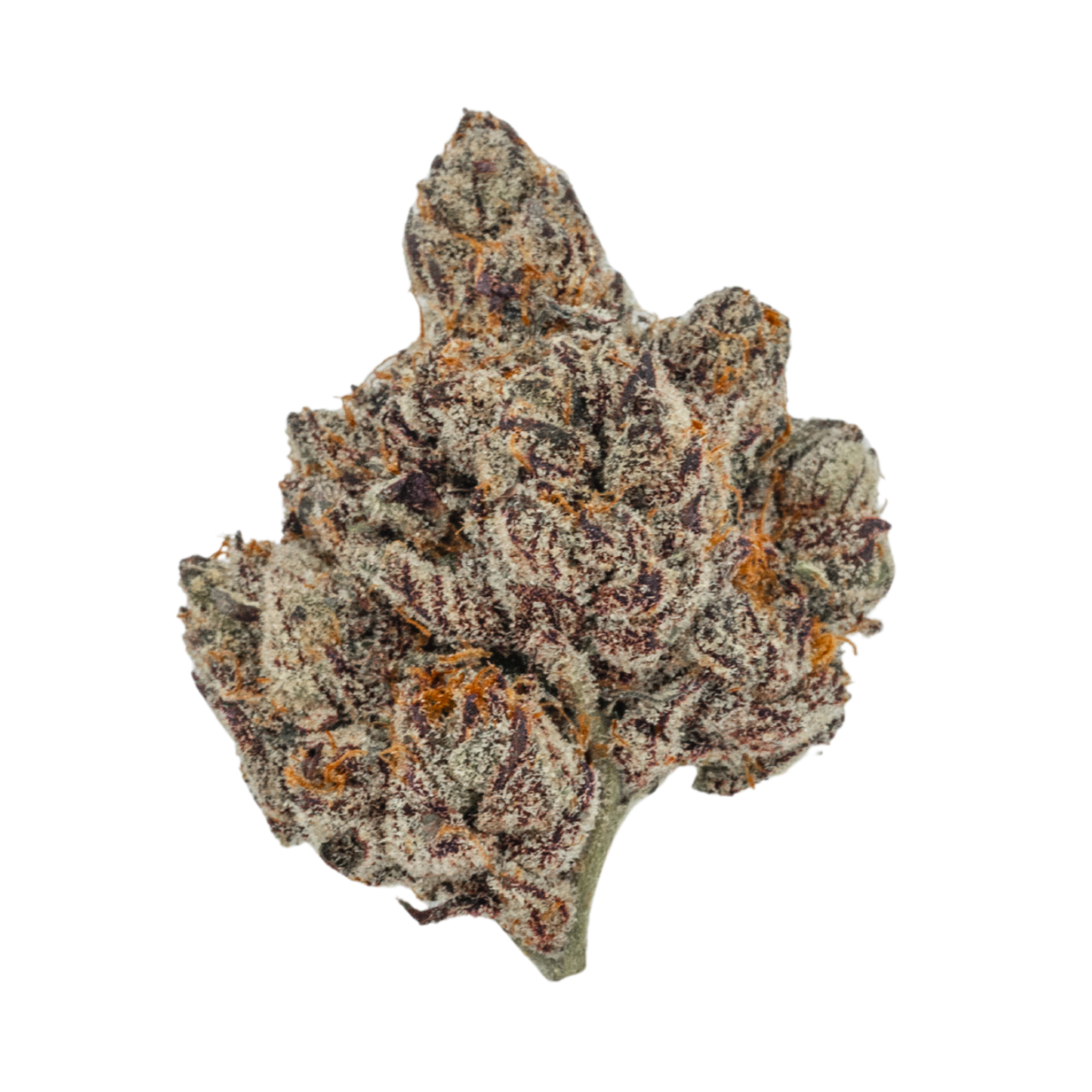

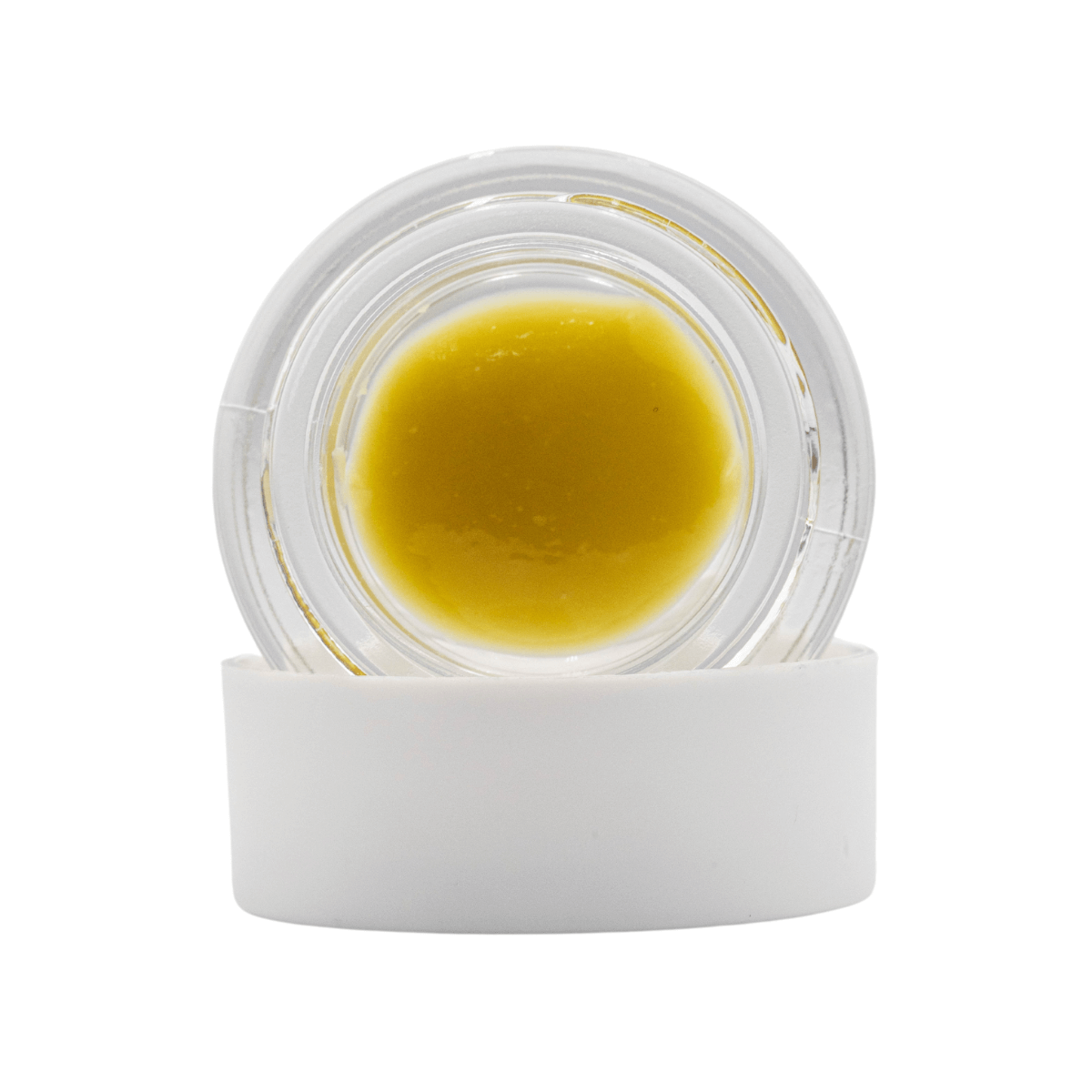

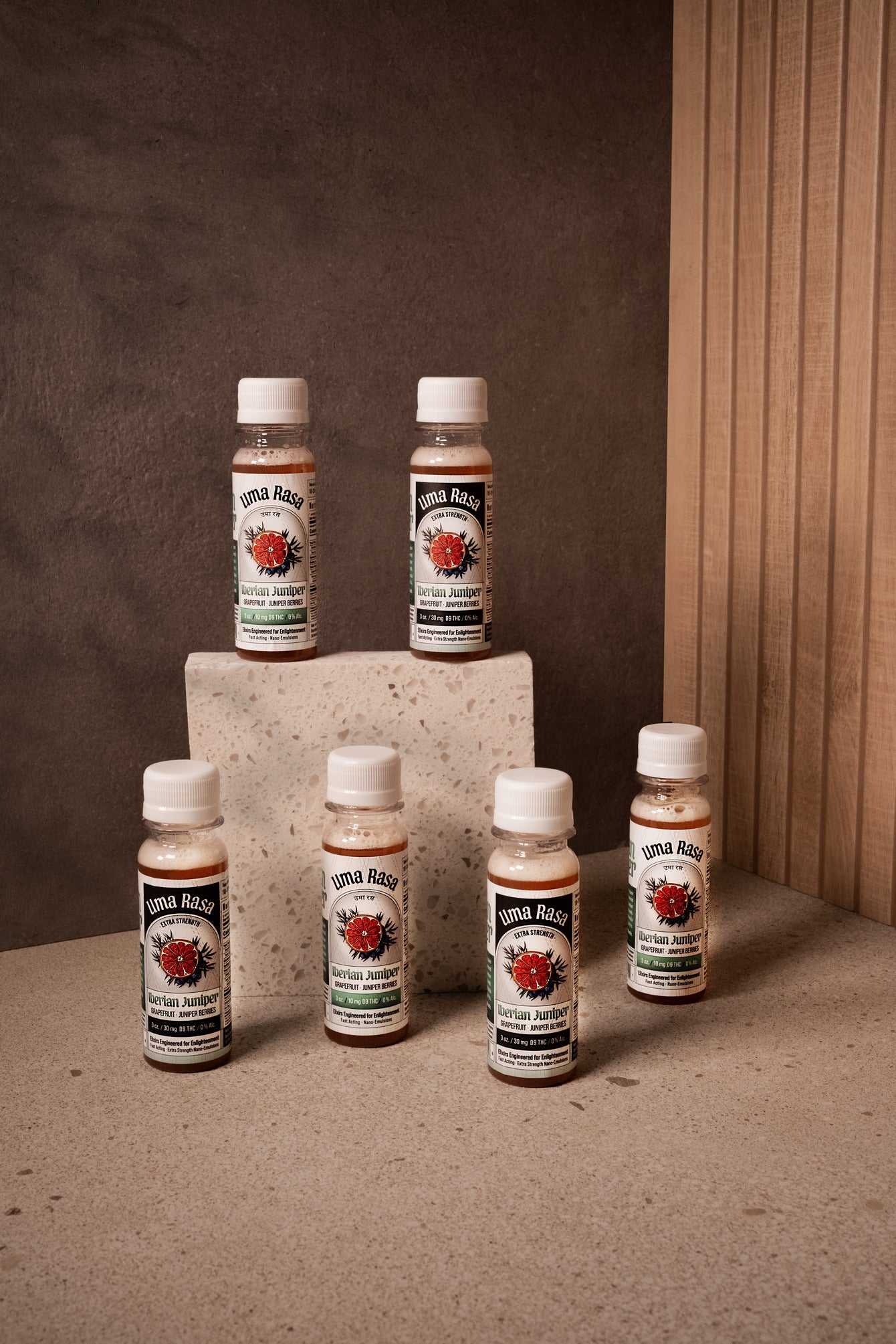
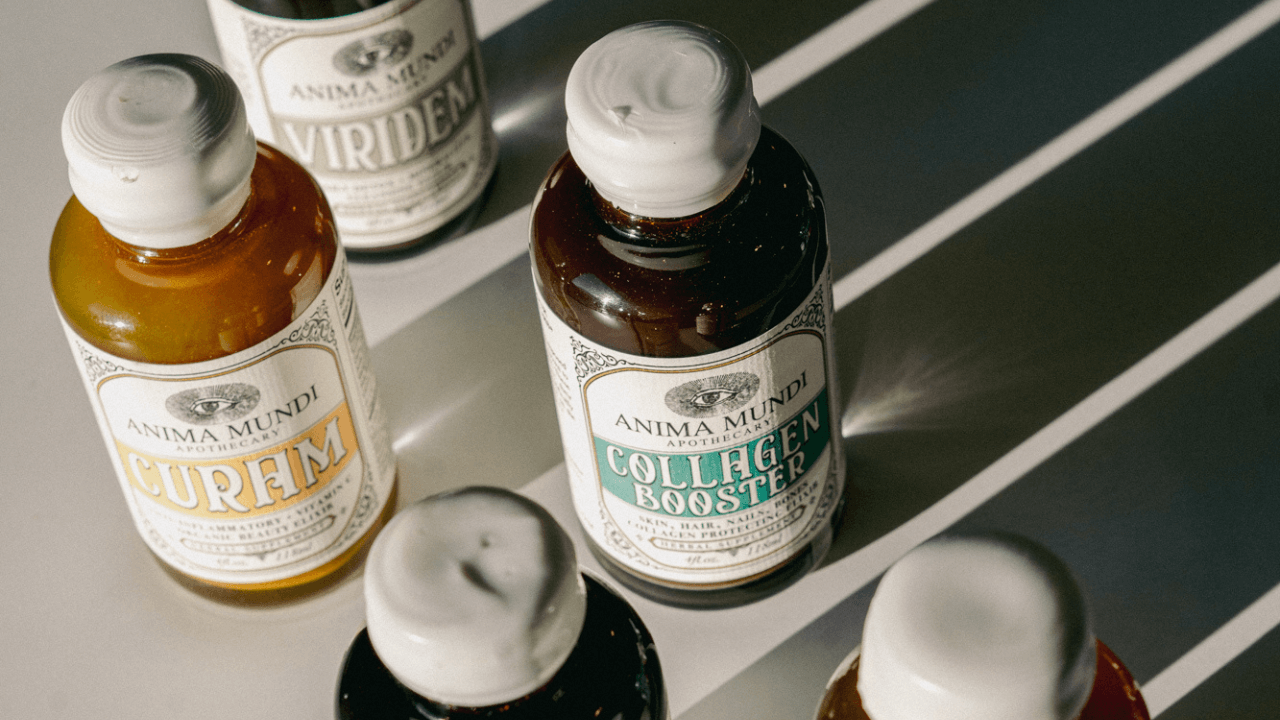
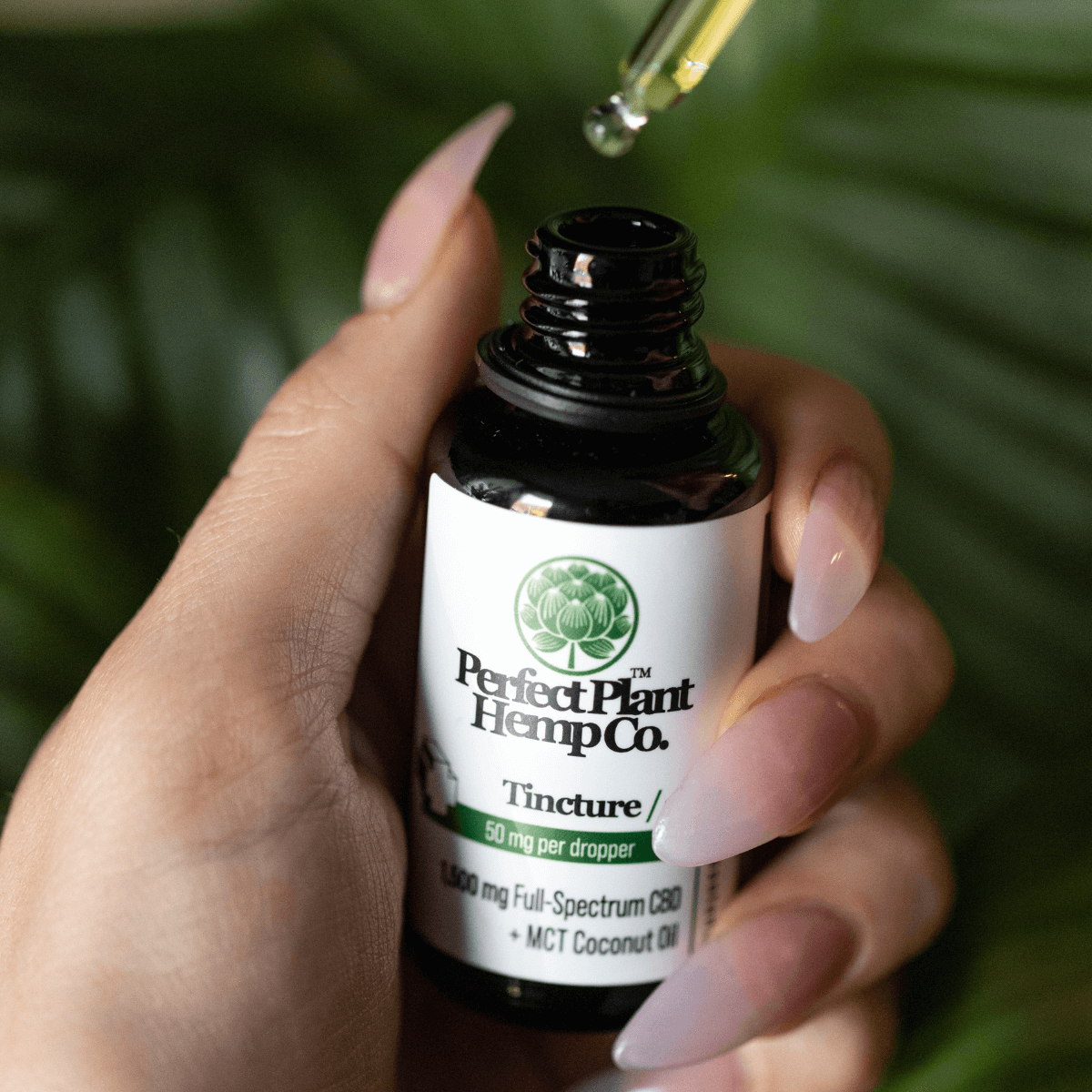
Share:
Step-by-Step Guide: How to Make Cannabutter at Home
How To Roll A Cross Joint